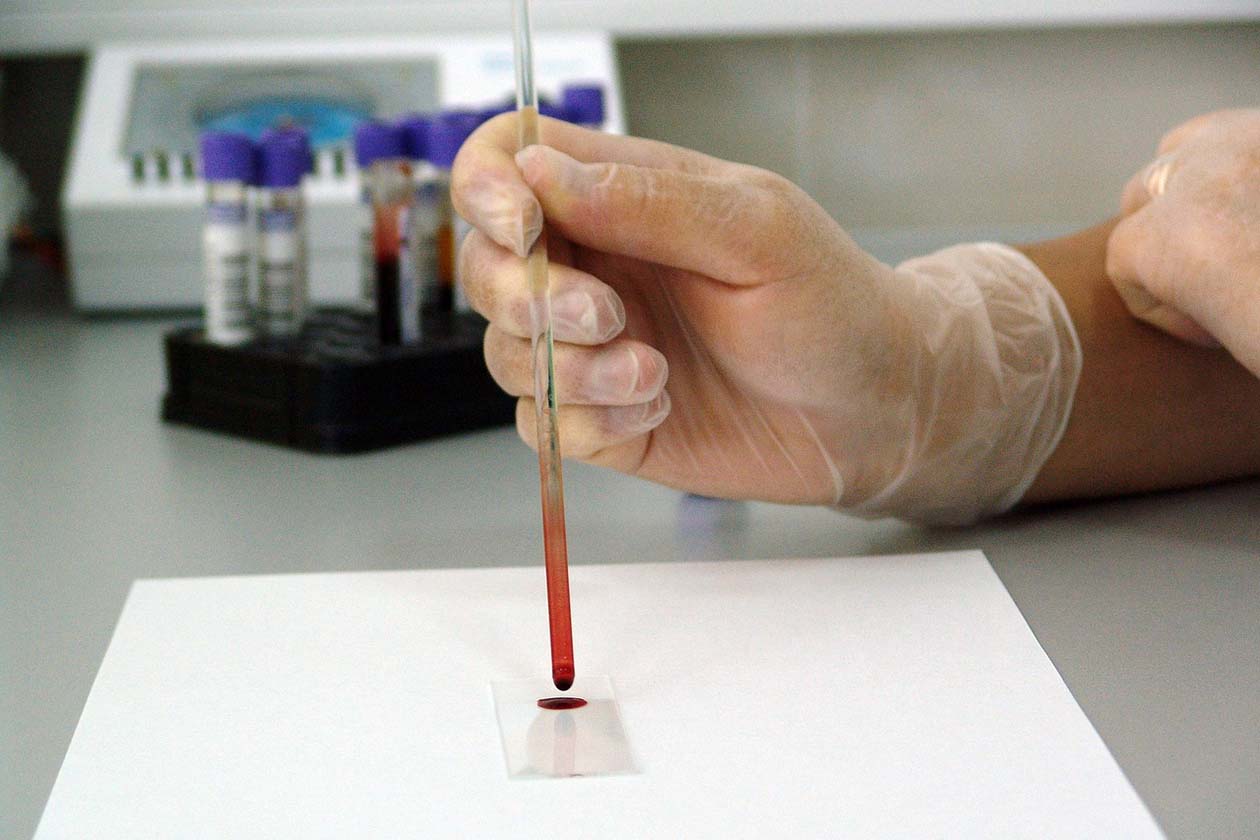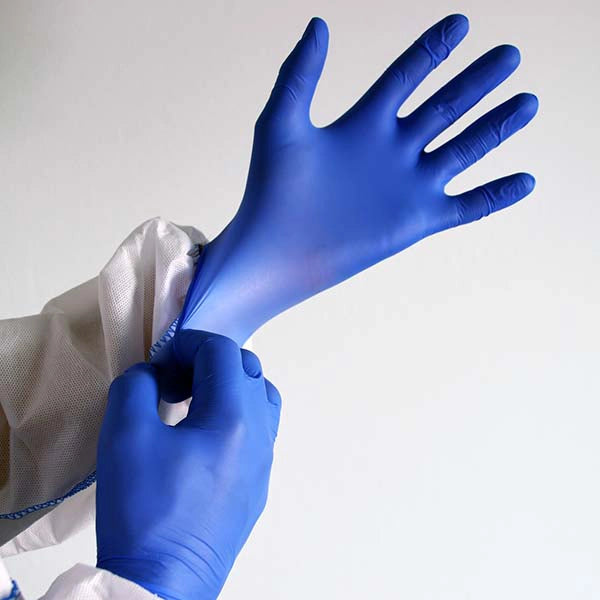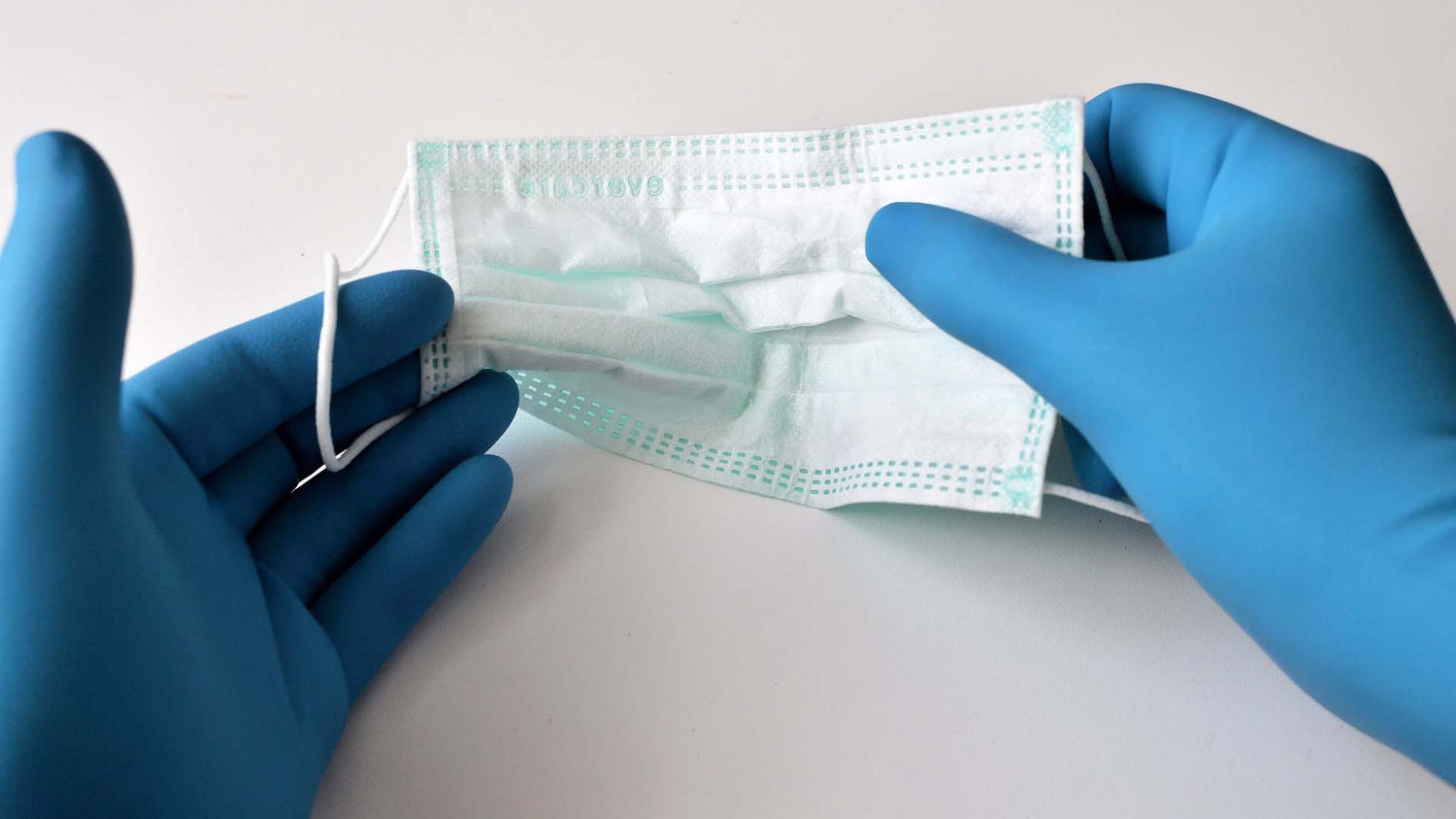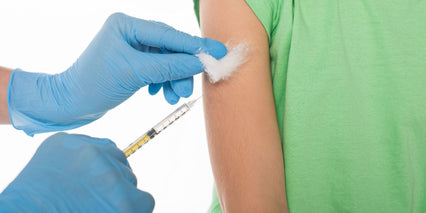What do we mean when we say a set of disposable gloves is medical-grade? And what makes one pair of medical gloves better than another? Many healthcare professionals aren't familiar with the standards governing the personal protective equipment they rely on to stop the spread of infections. But when patients' lives are in your hands, making sure you have the right gloves can be critical.
This article will explain the various categories of medical gloves in detail, as well as the markers of quality and the regulations you need to be aware of. We've been sourcing and selling high-quality medical-grade gloves for decades, and we can tell you everything you need to know to find the perfect protective gloves for your practice.
At a glance:
What Are Medical Grade Gloves?
Medical-grade gloves, sometimes called exam-grade gloves, were first designed for non-surgical procedures. Since then, a variety of other kinds of gloves have been developed for specialized healthcare purposes. "Medical gloves" is a somewhat generic term, and could theoretically refer to exam gloves, surgical gloves, or chemotherapy gloves.
However, these other glove types are usually marketed based on their specialized functions. In general, when you see a listing for "medical gloves" or "medical-grade gloves" you're looking at exam gloves. These disposable gloves protect against infectious material, chemical irritants, and other potential hazards of everyday medical care. They're well-suited to tasks like:
- Patient examinations
- Injections
- First aid
- Checking vital signs
- Dispensing medication
- Changing bandages
- Inserting and removing IVs
Standards for Medical Exam Gloves

The FDA mandates a few key legal requirements for medical disposable gloves. As spelled out in the Code of Federal Regulations, Title 21, exam-grade gloves must meet an Acceptable Quality Level (AQL) of 2.5. That means no more than 2.5% of any batch can have leaks or other defects. Compared to industrial-grade gloves, medical gloves are held to a higher standard.
Current recommendations also mandate that only powder-free gloves should be used for medical purposes. Some single-use gloves are dusted with cornstarch powder to absorb moisture on the skin, making them a bit easier to take on and off. However, recent research has shown that this powder may interfere with wound healing and cause irritation in the airways of patients or healthcare providers. That's why all of our medical gloves are powder-free.
Other Types of Medical Gloves
Aside from examination gloves, there are a few other gloves commonly used in medical applications.
Surgical Gloves
The most common alternative to standard medical gloves is surgical gloves. For invasive procedures where any contamination could be deadly, sterile medical gloves are a must. As a result, surgical gloves are subjected to treatments like gamma radiation, ethylene oxide gas, or high-pressure heat and steam to scour them of all microorganisms.
After they’re treated, sterile gloves are placed in sealed packages to ensure that no germs or harmful material can contact them before use. Disposable gloves must meet an AQL of 1.5 to be considered surgical-grade by the FDA.
In addition to surgeries, surgical-grade gloves may be used for procedures like:
- Dialysis
- Catheterizing patients
- Dressing open wounds
- Handling sterile surgical equipment
- Delivering babies
Remember that non-sterile medical gloves are still effective at preventing cross-contamination. They're clean, infection-resistant, and manufactured with the same material specifications as sterile gloves. The only difference is that they aren't guaranteed to be 100% free of microbes.

Chemotherapy Gloves
Chemotherapy gloves may also be considered a distinct category of medical gloves. The highly toxic chemicals used in many cancer treatments can cause serious health effects if even small amounts touch the skin. As a result, gloves approved for use in chemotherapy must be at least 3 mils thick and impermeable to liquid. They're required to meet the rigorous ASTM D6978 certification set by the Centers for Disease Control.
Even with this high level of protection, doctors performing these procedures are advised to wear two pairs of chemotherapy gloves at a time. The same goes for patients who've been recently treated — during the first few days after receiving chemotherapy, the drugs can still be present in toxic amounts in sweat and other bodily fluids.
Who Uses Medical Grade Gloves?
Medical gloves are used by healthcare professionals who need to avoid exposure to potential biohazards and skin irritants while minimizing the risk of cross-contamination between patients. Disposable gloves are perfect for this purpose because they can be quickly replaced after each procedure.
Doctors and nurses aren't the only people who use exam gloves at work. Other professionals who commonly employ medical gloves include:
- Dentists and dental hygienists
- Veterinarians
- Janitorial workers
- Hospice or in-home caregivers
- Tattoo artists
- Housekeeping staff
- Childcare professionals
- Aestheticians
- Cosmetologists
Anyone who comes in direct contact with blood pathogens or bodily fluids while caring for people or animals is required to wear protective gloves. Due to their low rate of defects, exam-grade gloves are considered a necessity in settings with a high risk of potential exposure. They effectively reduce the chances of becoming infected with blood-borne pathogens after contact.
Materials Used In Medical Gloves
What should disposable gloves used in medical settings be made of? The most common medical glove materials are latex, nitrile, and vinyl. Each type offers pros and cons, so we'll look at them in depth.
Latex Exam Gloves

For a long time, latex gloves were considered the ideal hand protection for medical professionals. Natural rubber latex is stretchy and form-fitting, allowing wearers to retain a great deal of tactile sensitivity. As such, medical-grade latex gloves can be great for doctors who need to feel for lumps, swellings, hernias, and other irregularities during patient examinations.
The downside is that latex contains plant proteins that may cause allergic reactions. Though this allergy isn't especially common, people who come in frequent contact with latex can become sensitized. Healthcare workers who change gloves often could be at higher risk of a negative reaction. So could patients with chronic conditions requiring frequent surgeries or invasive exams.
Medical-grade latex gloves can still be quite useful in some situations. For example, doctors examining patients who they know don't have an allergy may prefer the high touch sensitivity that latex offers. But if you're treating people with sensitive skin or seeing a high volume of new patients, other materials may work better.
Nitrile Exam Gloves
Nitrile, a type of synthetic rubber, can be an excellent choice if you need an alternative to latex gloves. It contains none of the natural proteins that trigger latex allergies. Nitrile gloves also offer a form-fitting snugness that's comparable to the feel of latex, and they have even better resistance to punctures and harsh chemicals.
Medical-grade nitrile gloves do tend to cost a bit more than latex gloves, and they don't preserve quite as much of your tactile sensitivity. However, the difference is small, and most doctors and nurses find that they can still use these gloves effectively for exams, injections, and other medical tasks calling for fine motor control. The hypoallergenic properties and durability of nitrile medical gloves make them highly popular for medical applications.
Vinyl Exam Gloves
Vinyl gloves are another common choice for medical professionals looking to avoid allergic reactions to latex. Aside from their lack of allergens, the main advantage of vinyl gloves is their low cost. They also tend to have a looser fit and low levels of static cling, meaning they're easy to swap out quickly.
On the other hand, because they don't fit as snugly as latex or nitrile gloves, vinyl gloves don't allow as much precision for medical exams or delicate procedures. They may also be more prone to chafing or slippage. In addition, vinyl isn't as tough as nitrile — this glove material is more likely to rip, tear, or develop pinprick holes.
You can use vinyl medical gloves for tasks with low risk of infection, like checking vital signs or transporting patients. They may be less safe for procedures such as injections or cleanup of potentially infectious fluids. You might also want to choose latex or nitrile gloves when a higher level of touch sensitivity is needed.
What to Look For in Medical Exam Gloves

When you're getting ready to purchase disposable gloves for medical purposes, you'll want to keep a few important considerations in mind:
Thickness
Glove thickness is typically measured in mils, where one mil is one-thousandth of an inch. Thicker medical gloves generally have better resistance to ripping and poking, and they tend to be less permeable to potentially hazardous fluids. On the other hand, thinner gloves are more flexible and sensitive. For most medical jobs, a thickness of 3-6 mils is appropriate.
Grip
No one wants to drop delicate implements during a medical procedure, so it's worth considering how much grip your gloves offer. Vinyl gloves tend to be the least grippy, while latex gloves are the most. Nitrile gloves are often made with textured fingertips that give them a level of grip comparable to latex.
Certifications
Some gloves are tested and certified for specific uses. You might want to look at the ratings and specifications when buying a set of gloves for a highly specialized task. For instance, our 9 mil blue nitrile gloves from Optify are certified for handling both fentanyl and chemotherapy drugs, making them appropriate for certain kinds of high-risk scenarios.
Color
Though it might seem like a purely superficial choice, the color of your disposable gloves can make a difference in practice. Many people in medical settings prefer blue gloves, which tend to make bloodstains look less alarming. Bright blue also stands out sharply against any skin tone so rips in a glove can be spotted more easily.
What Are The Best Medical Grade Gloves?
In most cases, the best exam-grade gloves for medical use are powder-free nitrile gloves around 4 mils thick. However, other options may work better for your specific needs, based on the criteria we've described above. Take a look at our list of the best disposable gloves for doctors for a few specific suggestions.
Find The Perfect Medical Grade Gloves For Your Workplace

The best place to purchase medical disposable gloves is right here at Gloves.com. Our gloves provide exam-grade protection and are tested by the American Society for Testing and Materials. We are proud to be trusted suppliers for a number of hospitals and military departments, who rely on the superior durability, secure fit, and consistent quality of our medical gloves for lifesaving tasks.
Visit our collection of medical-grade gloves to choose from an incredible range of sizes, colors, thicknesses, and materials. No matter what kind of exam gloves you're looking for, you should be able to find the right set here.




